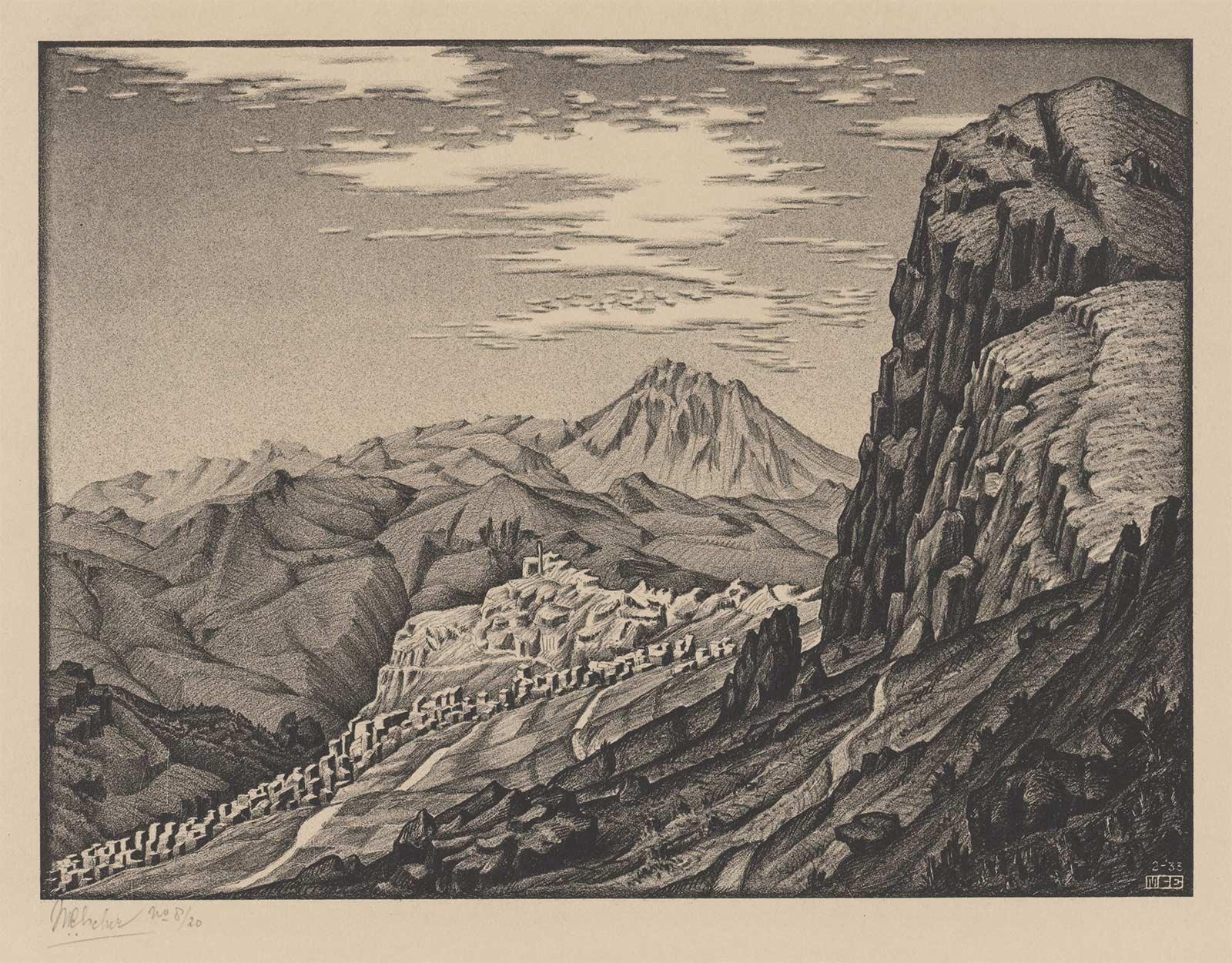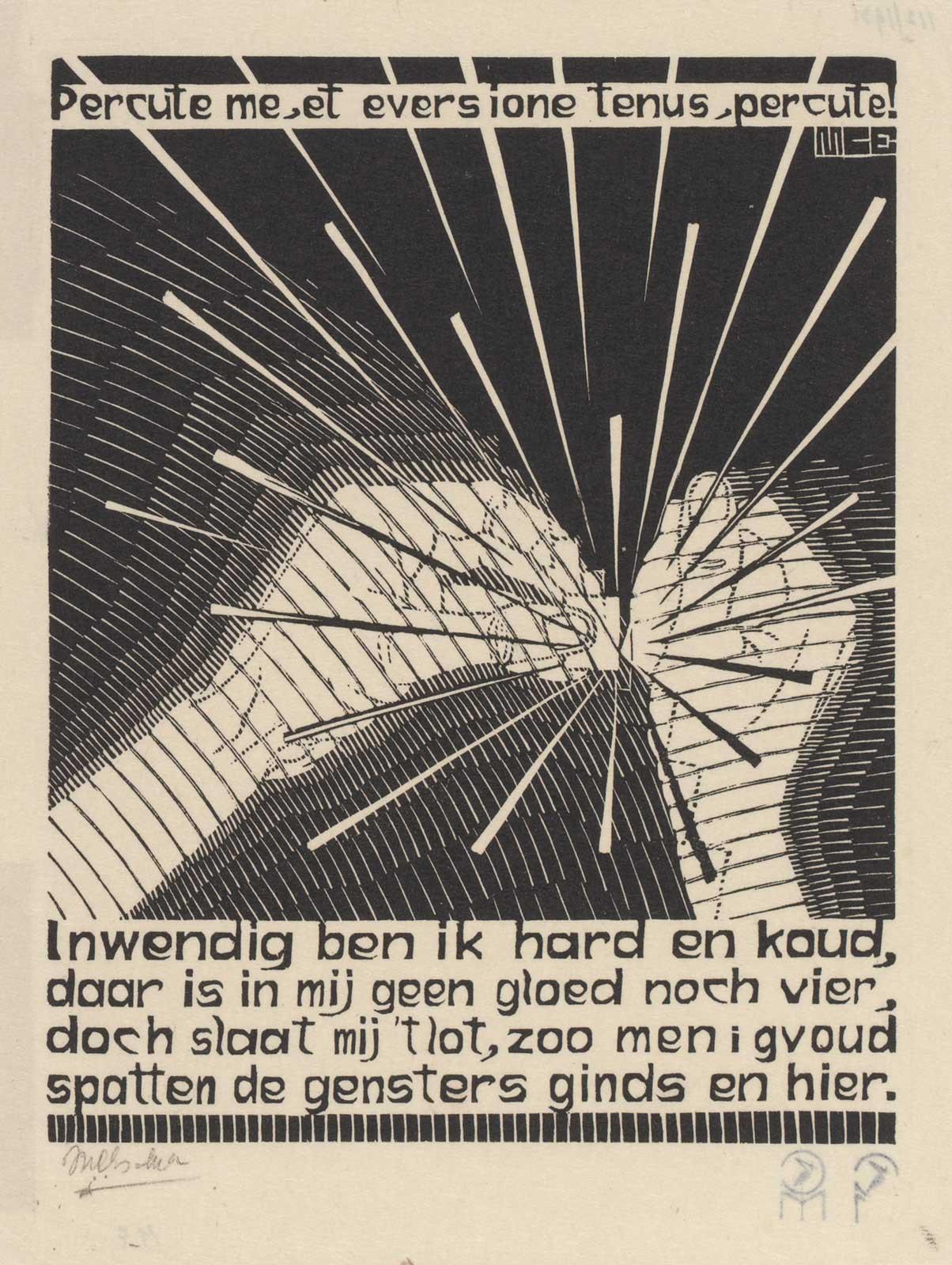
In March 1951 Escher produced a print with the deceptively simple name Plane Filling I. I say 'deceptively simple' because at that point in time he had been a graphic artist for 30 years and had already produced countless tessellations. The principle of the regular division of the plane formed the core of his artistry, the subject to which he always kept returning. Why, then, did he suddenly produce a work that seems to suggest it is the first time he is tackling such a subject?
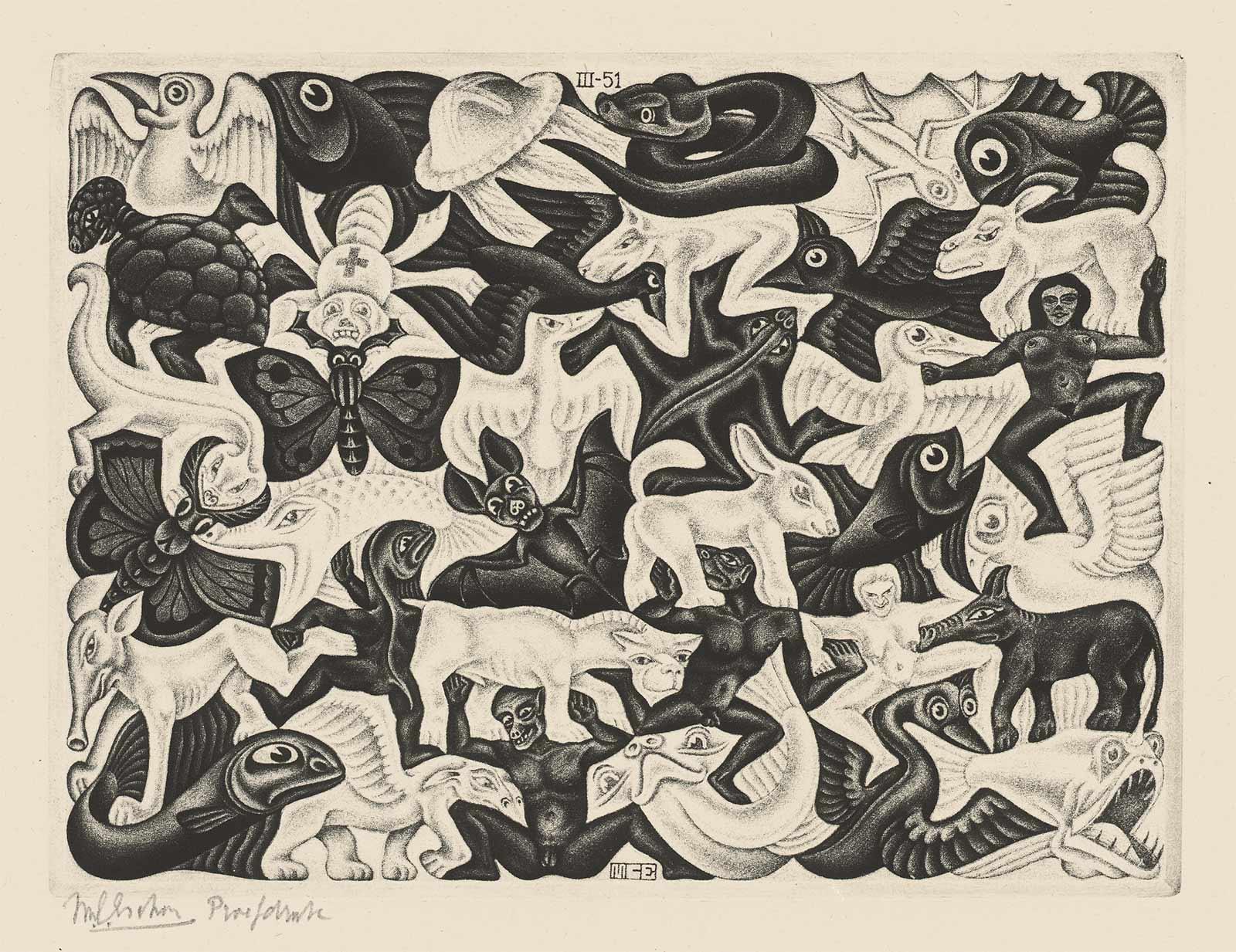
Plane Filling I is an anomaly, a tessellation that does something diametrically opposed to the typically Escherian ones featuring birds, fish, insects and other recognisable figures. Sometimes he combined two or three of those figures in a print, but all these tessellations are characterised by the principles of symmetry, repetition and reflection. In Plane Filling I none of these principles are respected—every figure is different and nothing is mirrored or repeated. It is an experiment in which Escher shows that it is possible to have a tessellation with forms that are all dissimilar. Plane Filling I does contain two other principles that he used in his regular divisions of the plane: recognisability and colour contrast. Escher always strove to use identifiable forms in his tessellations. Although sometimes difficult to define, and sometimes featuring animals that are more in the realm of fantasy than reality, all these forms are immediately recognisable as ‘animals’. Or, in a number, of cases as ‘people’. The second characteristic is colour contrast—as in a chessboard, every white figure alternates with a black figure, both horizontally and vertically. Each row contains six figures and, because there are six of those rows, the tessellation is populated by 36 figures, 18 white and 18 black. Incidentally, this alternation between white and black is entirely logical. If everything were to be the same colour without any contrast, then all the figures would be invisible.
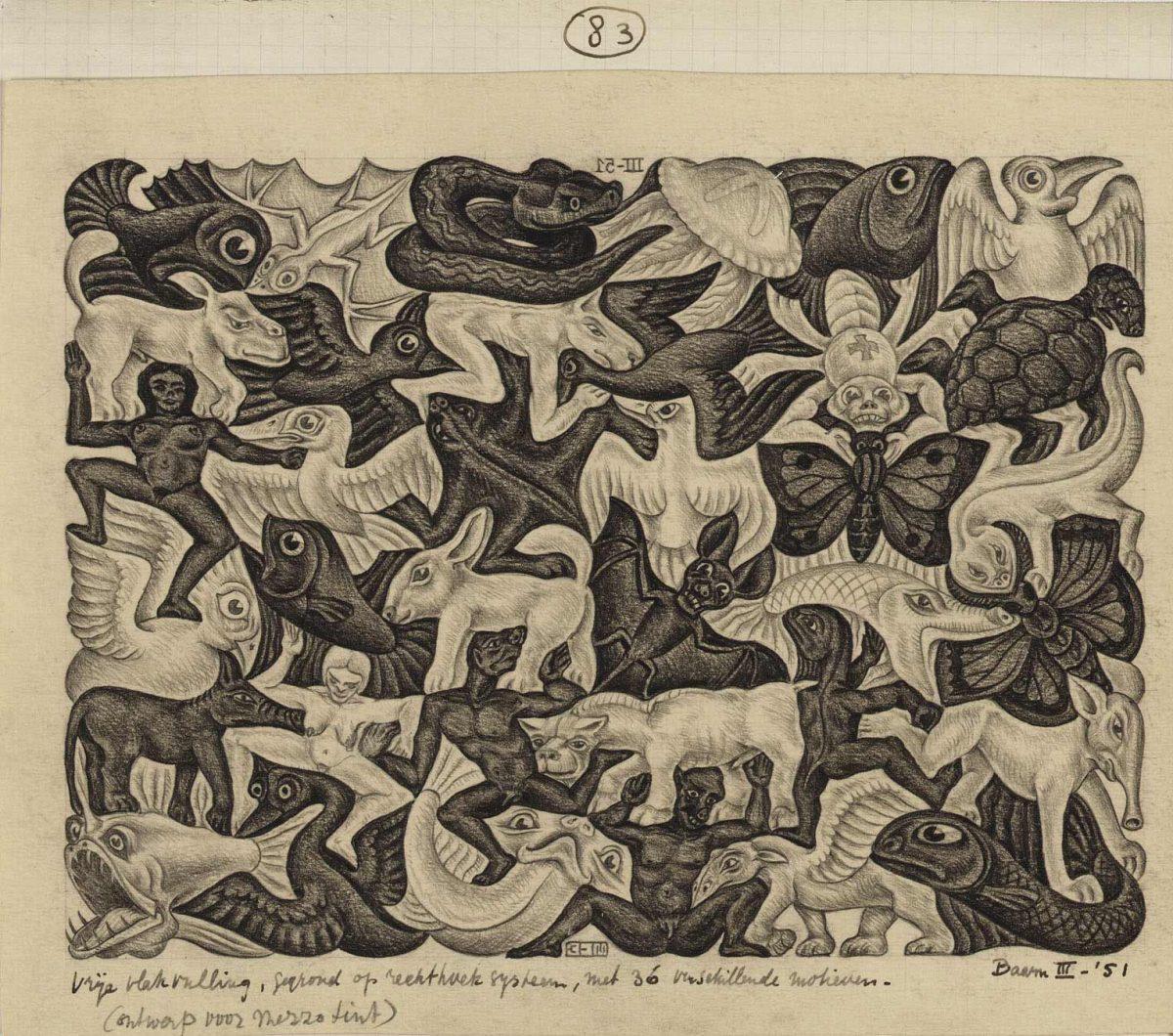
In 1957, Escher would once again venture to produce such a print, filled with all kinds of special creatures that are all different. Number two goes one step further: whereas the creatures in Plane Filling I are arranged roughly in a checkerboard pattern, in Plane Filling II he sets them free completely. In a lecture that Escher would have given in Canada in 1964 (it was cancelled due to health problems), he would have said of the two pieces:
'Yet each of them has the form of something, be this either a living being or an object, which the viewer “recognises”. Putting such a tessellation together is a tiring activity and at the same time a thoughtless game. It tires the draftsman, as if he were not the ringleader himself, but as though, stripped of his will, is allowing his creatures the freedom to determine their own shape and character.'
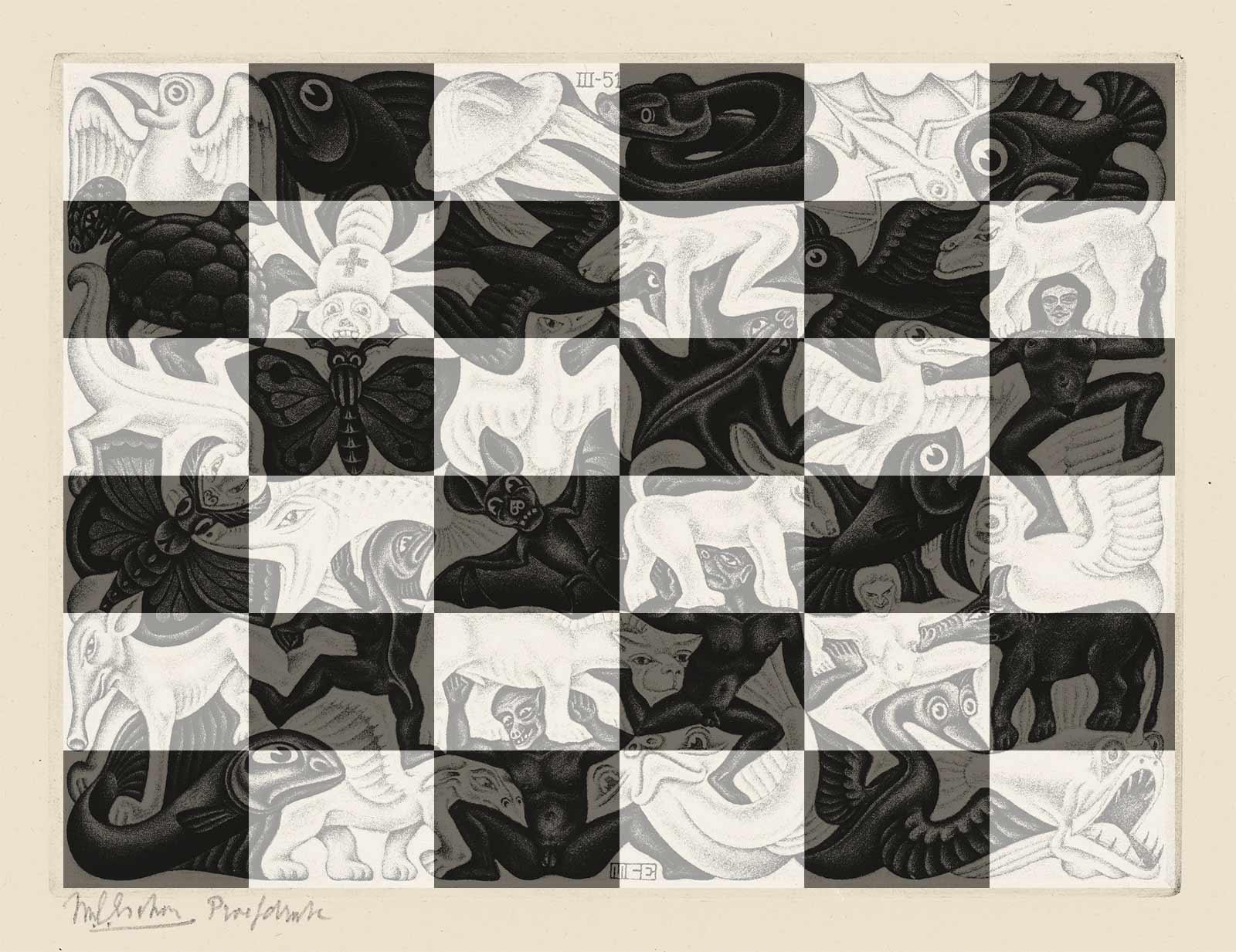
Chessboard pattern in Plane filling I
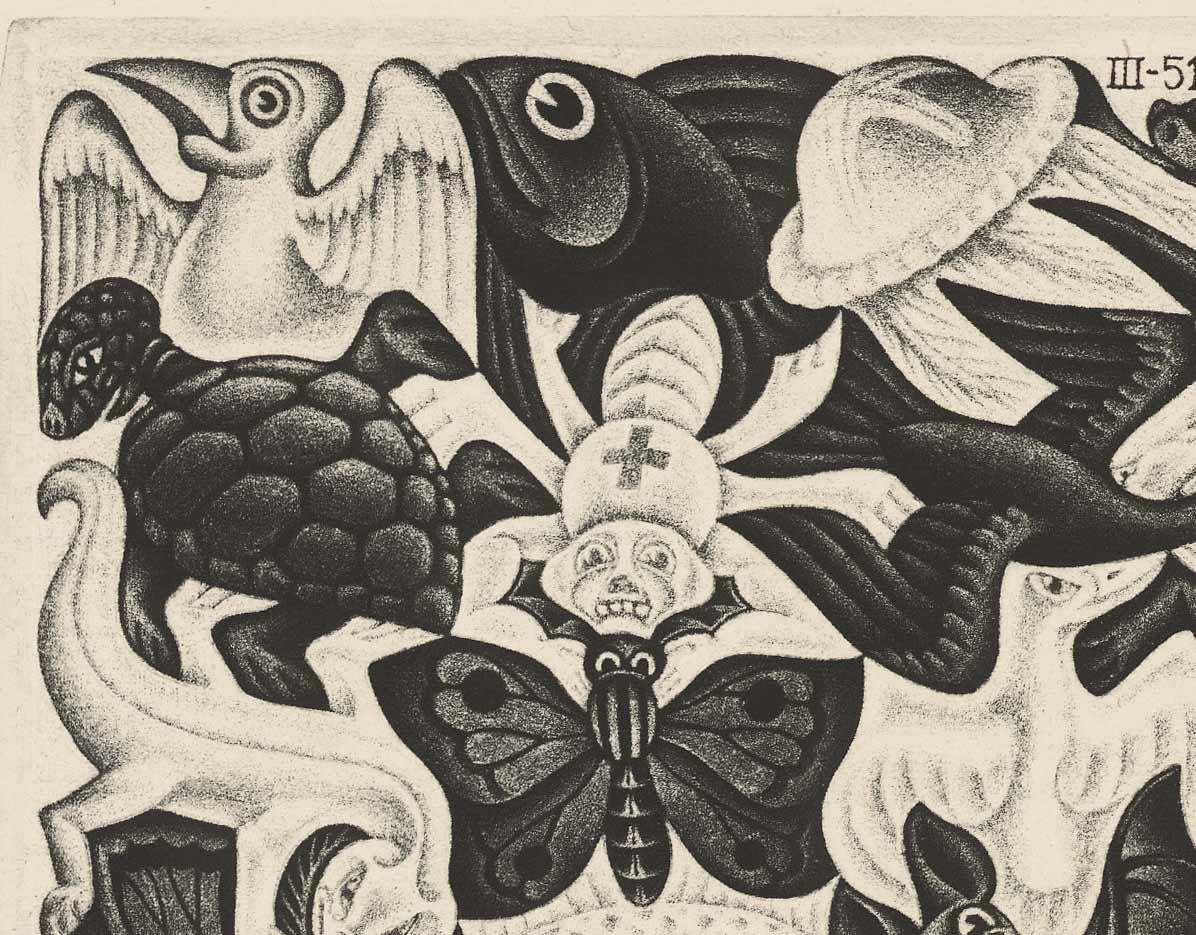
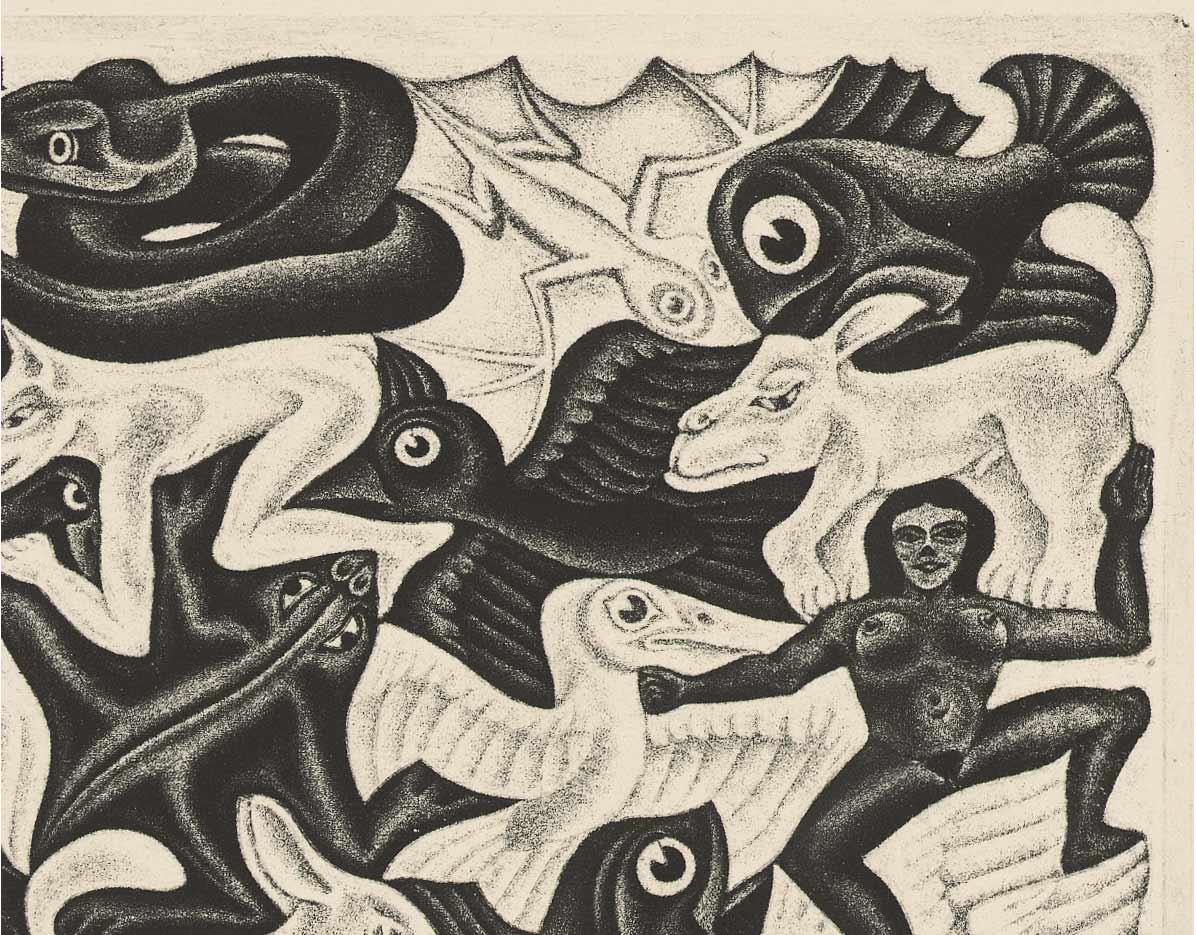
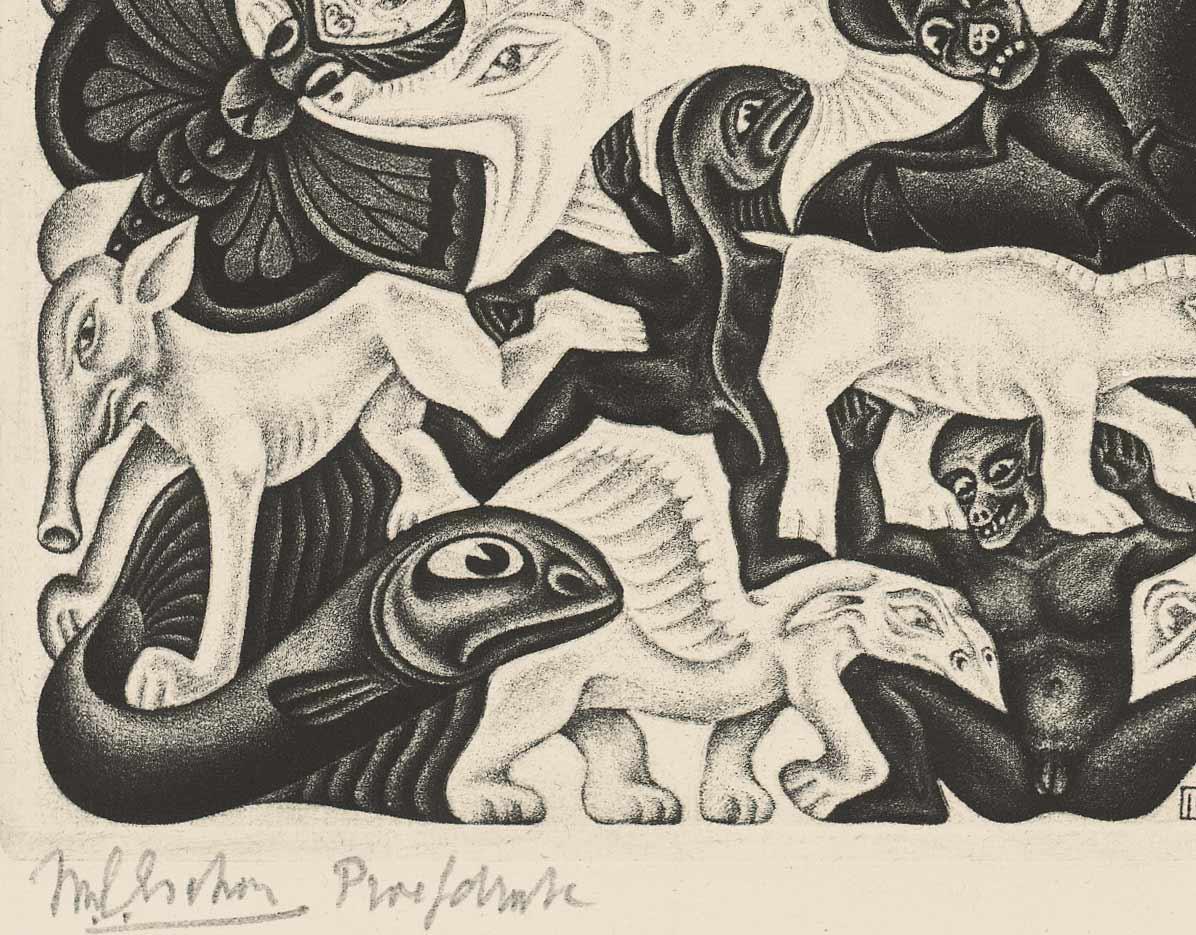
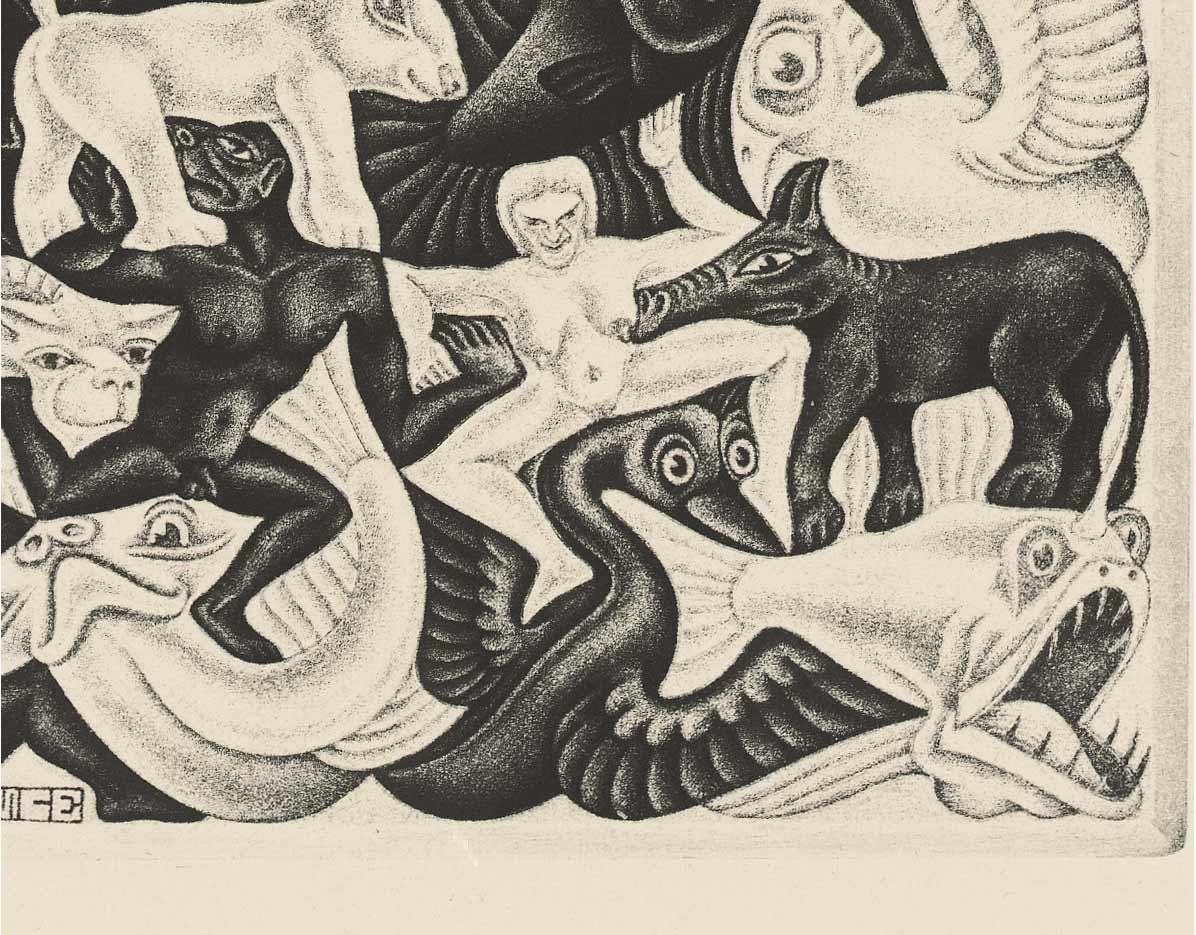
More Escher today
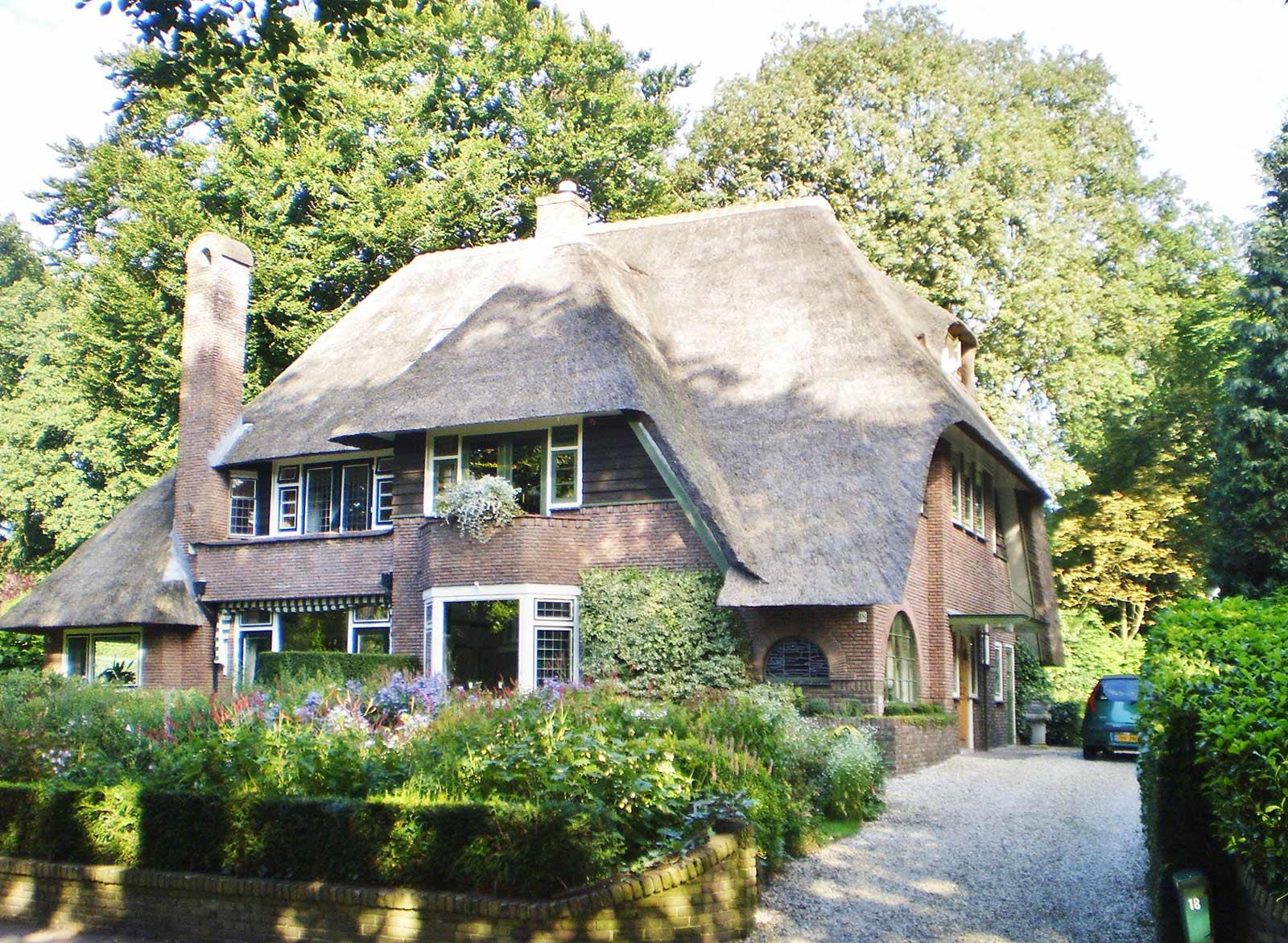
Moving to Baarn, 1941
